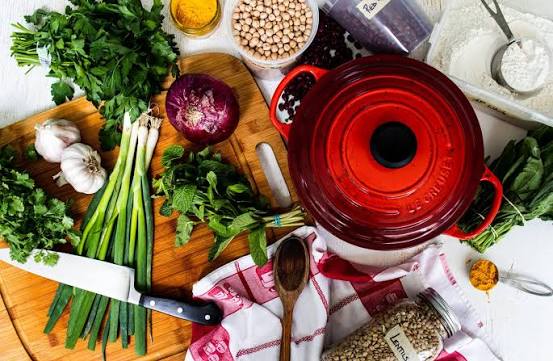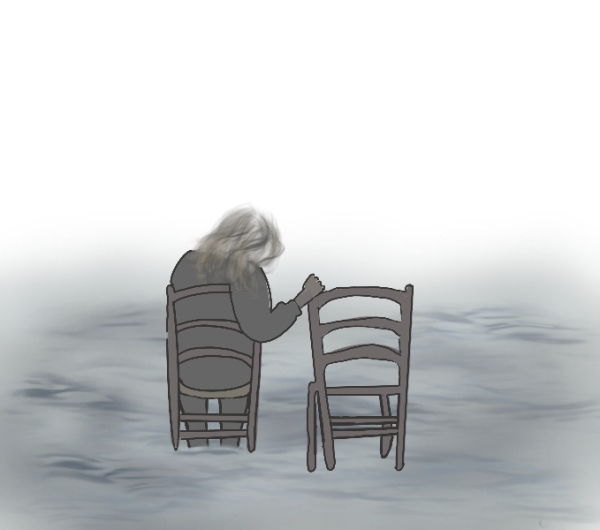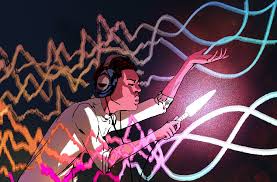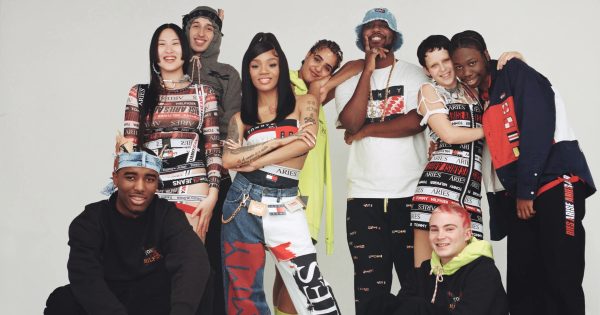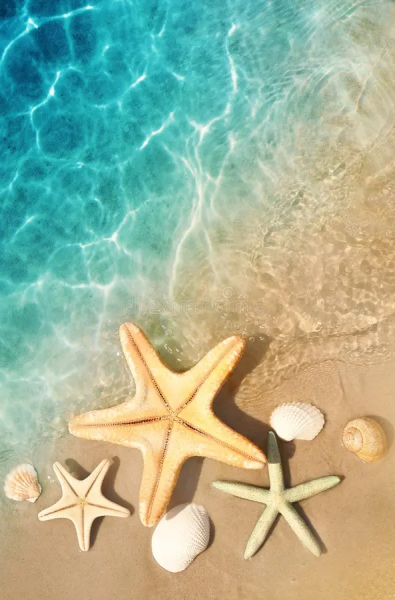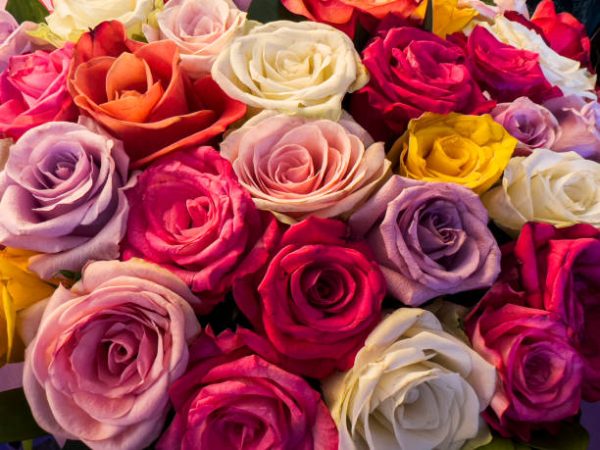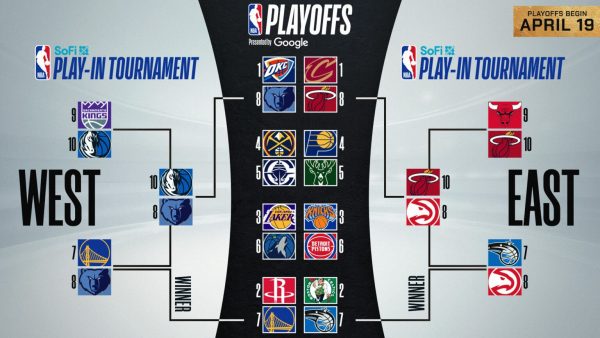Mirror, Mirror
A dive into beauty standards and their expectations
We’re all familiar with insecurities: the little things about ourselves we take note of when we look in the mirror. It might be acne, blemishes, weight, body hair or facial features and the list could go on and on. But what truly makes people so deprecatory of themselves? Is it really just our own inner critic, or is this voice imprinted into our minds by external influence? While beauty standards themselves truly date back to hundreds of years ago, with the rise of social media platforms in the last decade, their effect on people has only strengthened. But where does all of it come from?
Origins & Past Trends
While there isn’t necessarily a singular origin of beauty standards as a whole, hundreds of years ago, different cultures and countries began to develop certain trends in relation to beauty. For instance, in Ancient Greece, a belief formed that external beauty was directly related to internal beauty and character. This essentially meant that the prettier you were on the outside, the better of a person you were on the inside. Exact physical features that became desired in Ancient Greece included pale skin, wide hips, a symmetrical face and a trained physique. However in East Asia, specifically China, another example of specific features wanted is seen when women endured foot binding in an effort to have incredibly small feet because having a smaller size foot was seen as a sign of wealth. In the 1900s, beauty trends changed by decade. In the 1910s, women’s makeup was focused on being natural, but the 1920s saw a rise in more bold makeup looks. But again in the 1940s, the natural look returned until glam replaced it in the 1950s. Even today, the difference between the makeup popular today and the makeup look popular several years ago is incredible. While certain beauty trends do stay (for instance, a symmetrical face) and others (like foot binding) don’t, it goes to show that the origin of certain beauty standards and trends depended upon where one was in the world and the specific time period. While there are features that make a person considered conventionally attractive, there’s no definite list of specific features to fit the hundreds of beauty standards across the world, many of which contradict each other.
Subjectiveness
Today, the incongruousness of beauty standards in different parts of the world can often be seen through the lenses of social media. One specific example of this can be seen in the rising popularity of the K-pop (Korean Pop) industry. This increased admiration and utter fascination with the genre created a domino effect on the popularity of the country overall and brought the spotlight to the country’s own unique beauty standards. The celebrities within K-pop (often referred to as “idols”) are seen with stylish outfits and flawless skin, and ultimately, the perfect persona. This wondrous and ultimately unrealistic image promoted has intensified the beauty standards, regardless of the fact that idols endure many cosmetic surgeries to fit the standards. In Korea, there’s a focus on features such as a very slim body, pale skin, high nose bridge, V-shaped jaw, big eyes and double eyelids. Idols in K-pop who don’t fit into these standards are often scrutinized for it. Ahn Hye-jin, known professionally as “Hwasa” of girl group Mamamoo, is one of the starkest examples of this in the industry. One of the main features she is criticized for is her tanner skin, but funnily enough, that very feature is desired in countries like America.
The Cosmetics Industry
It’s natural for any trend to change over time, regardless of what it may be. However, circling back to changing makeup trends, if you’re familiar with the beauty side of social media you’ve probably seen videos titled “My Makeup In 2016 vs 2022” or “My Skincare Routine Now vs Last Year”. Seven years ago, popular makeup included a full coverage foundation, contouring and bright eye makeup. But today, you’ll most likely see light, natural and glowy looks popular across social media. Obviously, in industries like the cosmetics industry, as new products and brands are introduced there’s bound to be changes in what’s popular. However, with the intensification in today’s makeup compared to 20th century makeup, there’s a huge difference in how makeup affects our everyday perceptions. In an article by Blogenomics, author Sukhnidh Kaur states, “When wearing makeup becomes the norm, the standard associated with artificially enhanced beauty – that is, a standard higher than the one that would exist if all of us roamed around bare-faced – is perceived as the norm. When this happens, our aforementioned bare faces find themselves unable to compete with this higher standard. Our bare faces are now below the perceived standard of normal. They are, for all intents and purposes, below average.” The article goes on to explain the social risks of both wearing makeup and not wearing makeup. Both go to show as the usage of makeup products intensifies and new products continue to be introduced and purchased, so will the everyday unrealistic standards. The “Everyday Makeup Tutorial Videos” on YouTube demonstrates this well. While the makeup look is natural, small imperfections make a big difference on the overall look. While there is nothing wrong with wearing makeup or not wearing makeup, societal pressures on that choice are astronomical. Makeup should be a voluntary form of expression and something one enjoys doing, not something they feel pressured to participate in because they’re considered “below” the standard without it. Not only that, but makeup and skincare can be an investment worth hundreds of dollars, which proves worth it to some as makeup and skincare can boost self confidence and be therapeutic. But if you’re not interested in it, that’s fine too. There’s no wrong or right way to express yourself, because there’s so much more to self expression in daily life than how you physically appear regardless of what models on Instagram or influencers may lead you to think.
The Health Side
If you asked random people their makeup and skincare routines, you would get a variety of answers. The same thing applies to fitness and diet habits. On YouTube, one can find hundreds of videos with titles like “How To Lose Weight Fast” or “What I Eat In A Day” where influencers give their tips on working out and how to stick to a nutritious diet. While this isn’t inherently a bad thing and can be incredibly helpful if one wants to change their routines, comparing what you eat in a day to what a stranger on the internet says isn’t necessarily healthy. At the end of the day, why should someone feel pressured to change their everyday life because of someone else’s habits? Especially as one of the most common factors in beauty standards across the world is the emphasis on weight. But as the National Eating Disorders Association states, “Even if everyone started eating the same things and did the same amount of exercise for a whole year, we would not all look the same at the end of the year. This is because each person’s genetic inheritance influences their bone structure, body size, shape, and weight differently.” It’s vitally important to remember that there’s also a scientific side to beauty. Even if one can’t see it, everyone is fundamentally different not only because of their external features but because of their internal features as well. Comparing yourself to others in this regard won’t acclaim anything, because at the end of the day, we’re all unique.
The Emphasis on Self Love
Honestly, the reality is that there’s no easy way to just accept yourself. Especially after years of struggling with self image, there’s no easy way to just flip a switch and magically accept all of our features. How can one truly love themselves if society pressures them into wanting to change? Or even more so, just like themselves? The connection between self esteem and beauty standards goes without saying, however one must understand what it truly means. In an article published by HereToHelp, it stated that a “…good body image, self-esteem, and mental health are not about making yourself feel happy all the time. They are really about respecting yourself and others, thinking realistically, and taking action to cope with problems or difficulties in healthy ways.” The self love culture in recent years has been a rollercoaster. When one sees a comment online talking about something they’re insecure about, almost always a reply to this is something along the lines of “no you’re beautiful!” or “it’s amazing!”. While it’s great there’s a culture where people can help raise each other up, as CMagazine states, “Combating insecurity with self-admiration only creates an environment where flaws feel unacceptable and out of place. But insecurities and flaws are normal, and it’s okay if we’re unable to love ourselves as completely as we want.” It’s okay to not love every part of yourself. It’s okay to be “imperfect”. At the end of the day, when looking in the mirror you may feel like something’s imperfect or not okay, but it is. You’re not flawed for being blatant about yourself, and you’re not a flawed person for being ashamed of something. You’re just you.
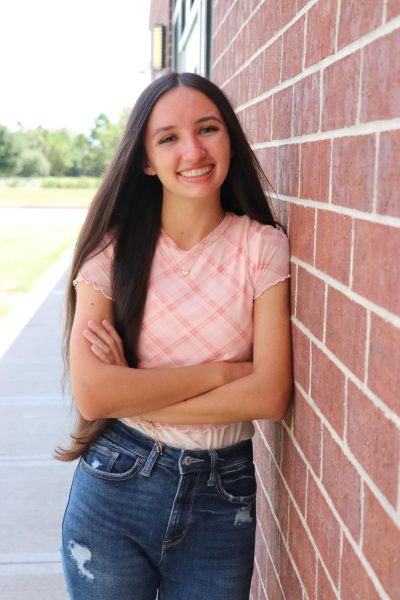
Ella Oberle is a senior at Bridgeland High School, third-year newspaper staff member and the Co-Editor in Chief, Co-Design and Feature editor of The Bridge...


